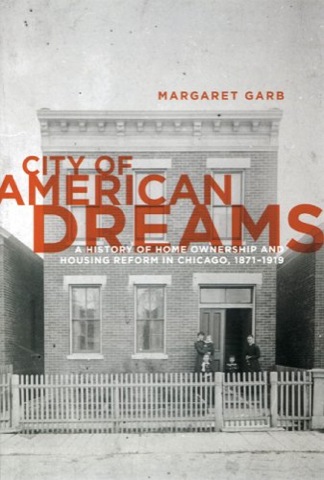An earlier series of Antiplanner posts looked at the recent financial crisis and the role the housing market played in that crisis. This has led the Antiplanner to look deeper into the history of housing and home ownership.
The Census Bureau began tallying homeownership rates in the 1890 census; before that, American homeownership rates can only be guessed at by the fact that the vast majority of American lived in rural areas and most–roughly two-thirds in 1890–American farmers owned their farms and, by extension, their homes. Between 1890 and 1940, census data found that about 40 to 45 percent of Americans owned their own homes. Then there was a sudden increase to 62 percent in 1960, after which it slowly crept up to 65 percent.
The Antiplanner has always assumed that the 40 to 45 percent of households that owned their homes represented middle-class (white-collar) families, and the 20 percent growth after 1940 represented working-class (blue-collar) families. But as Margaret Garb shows in City of American Dreams, reality is a bit more complicated.








